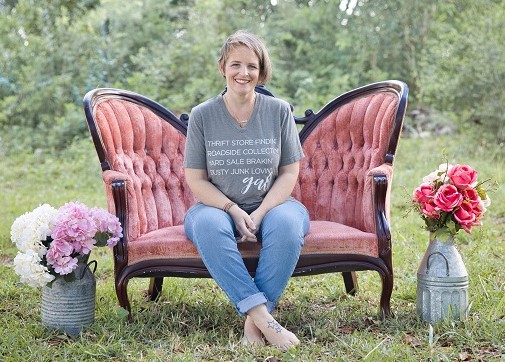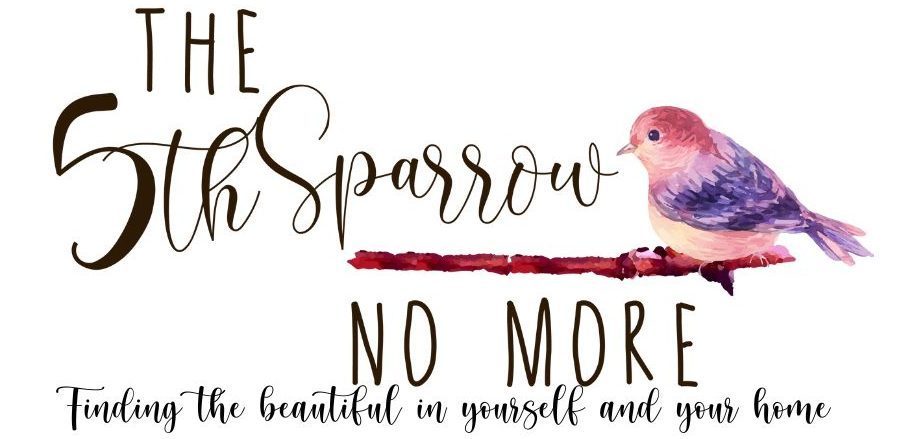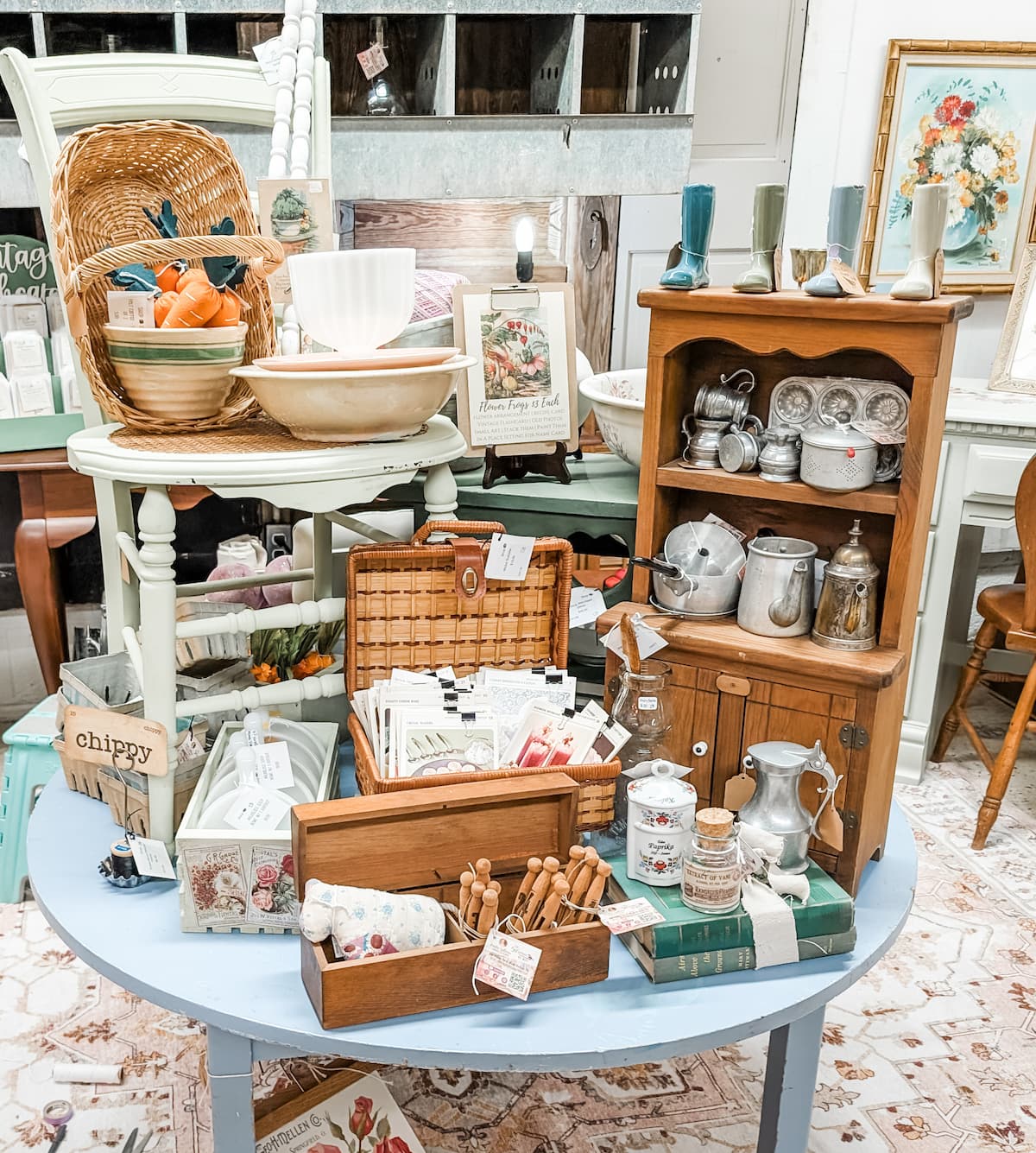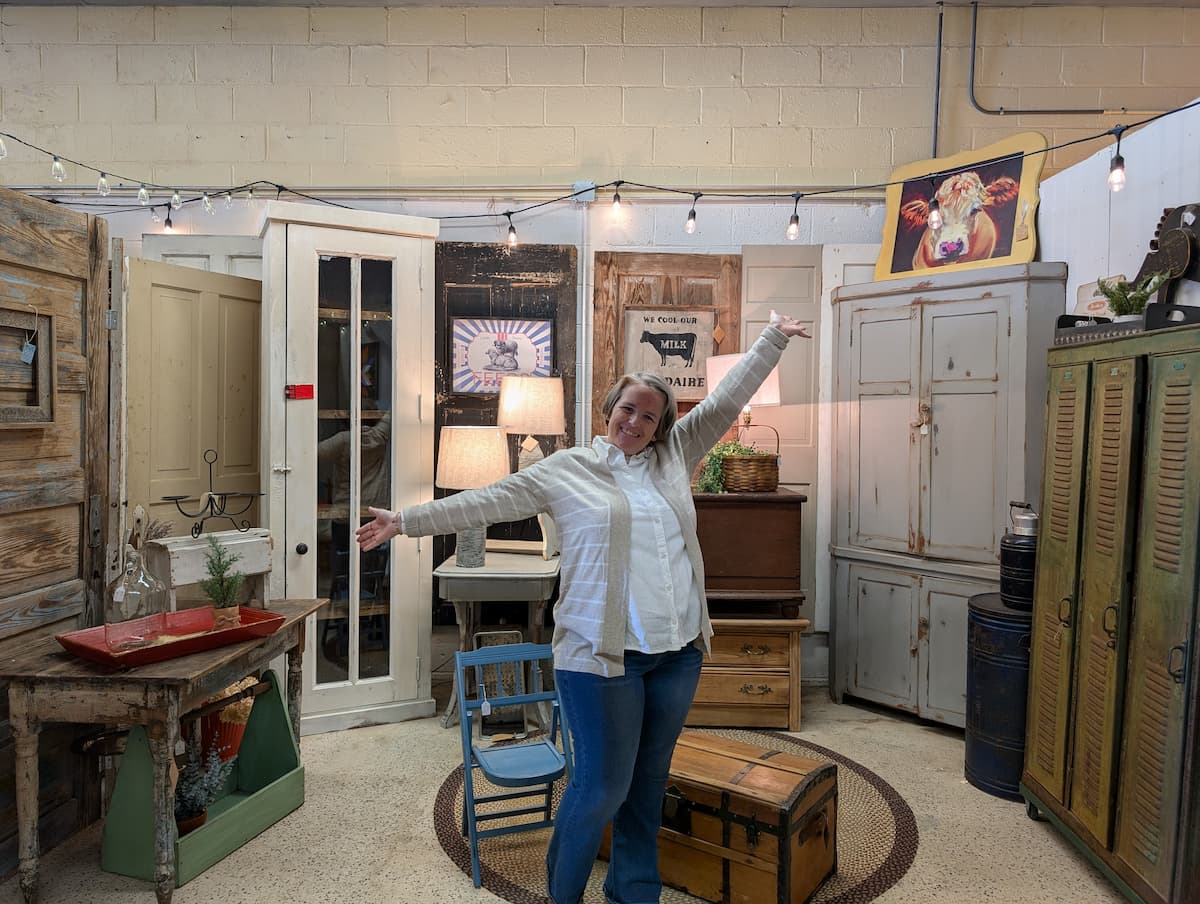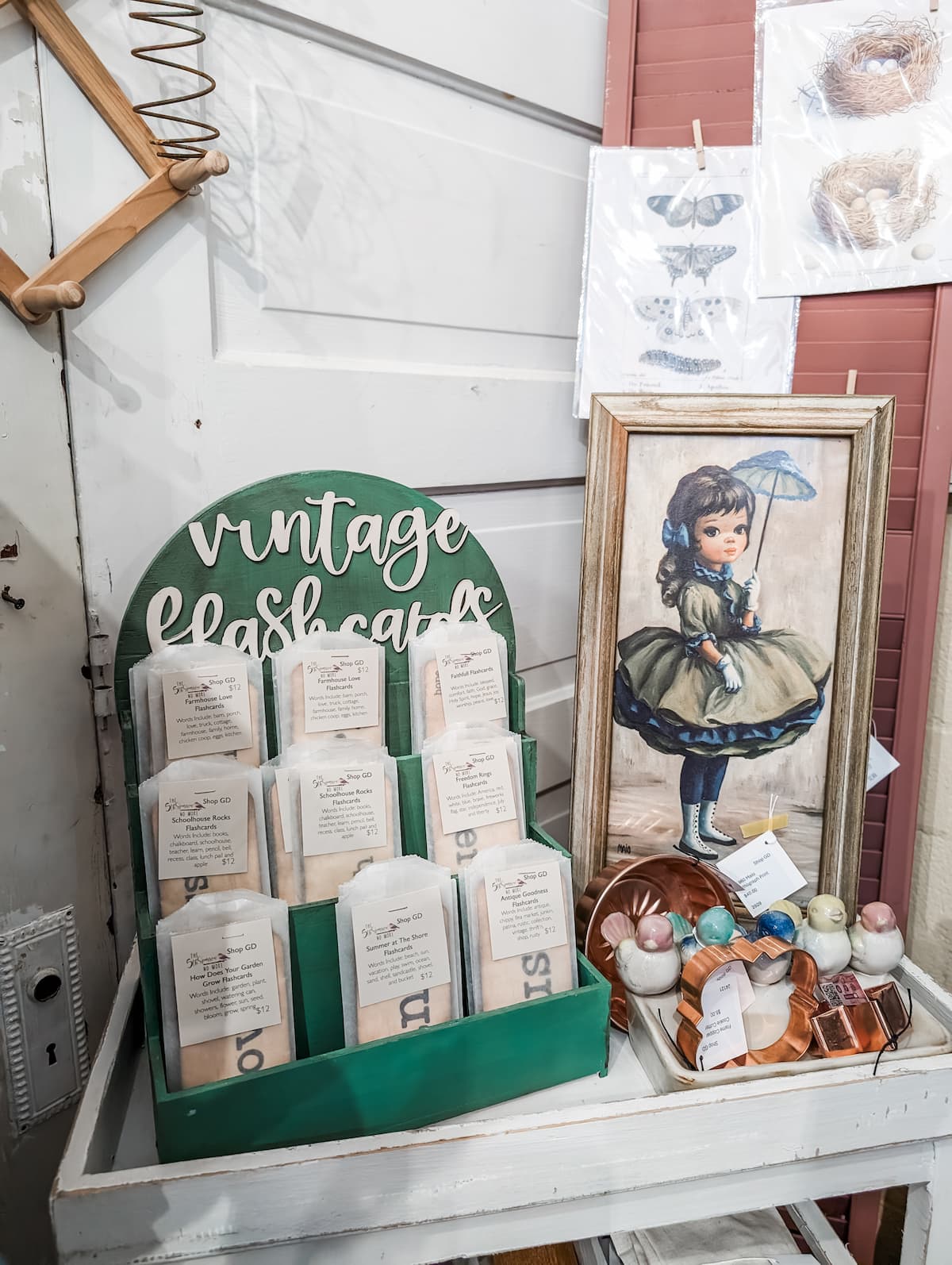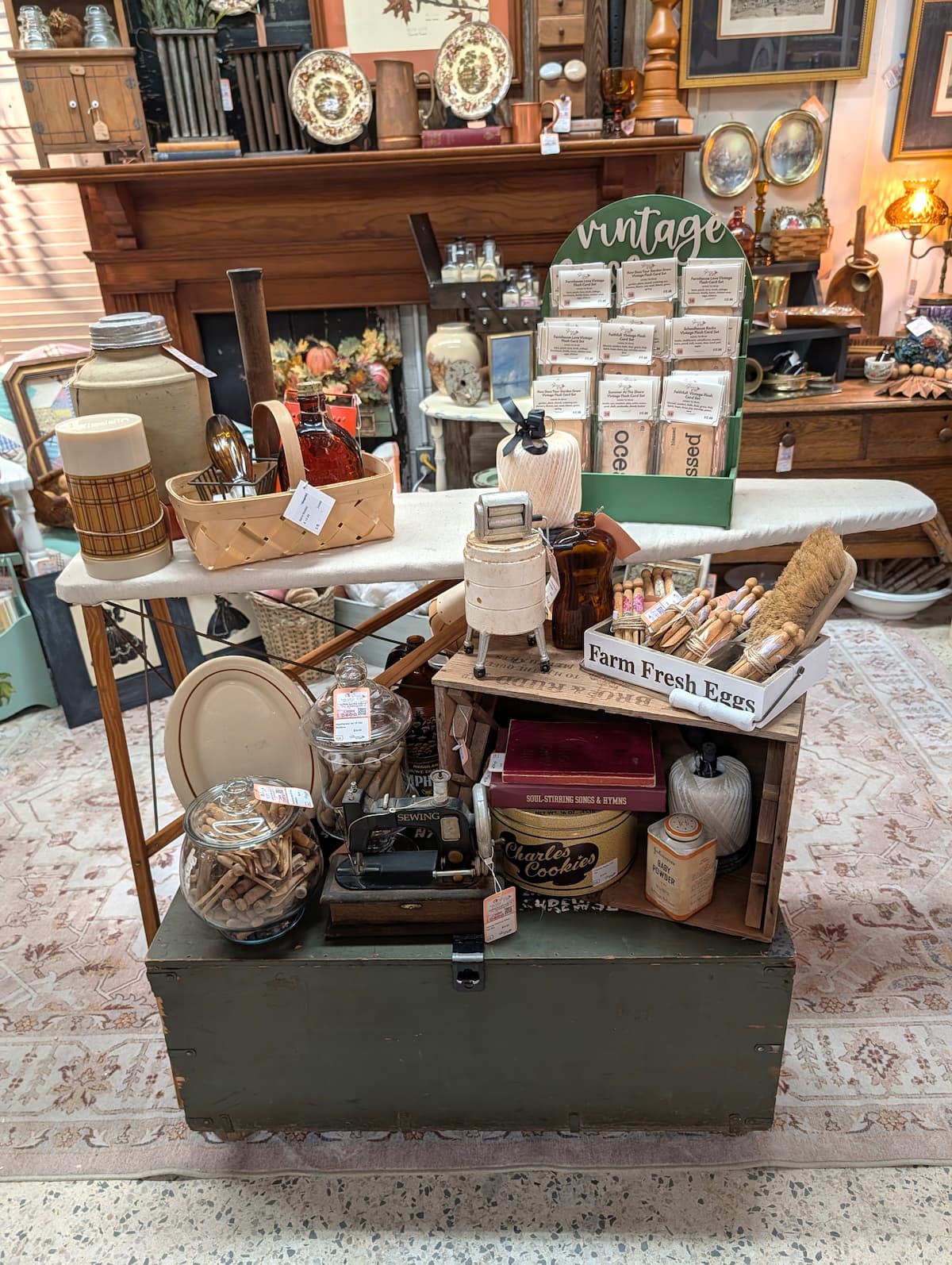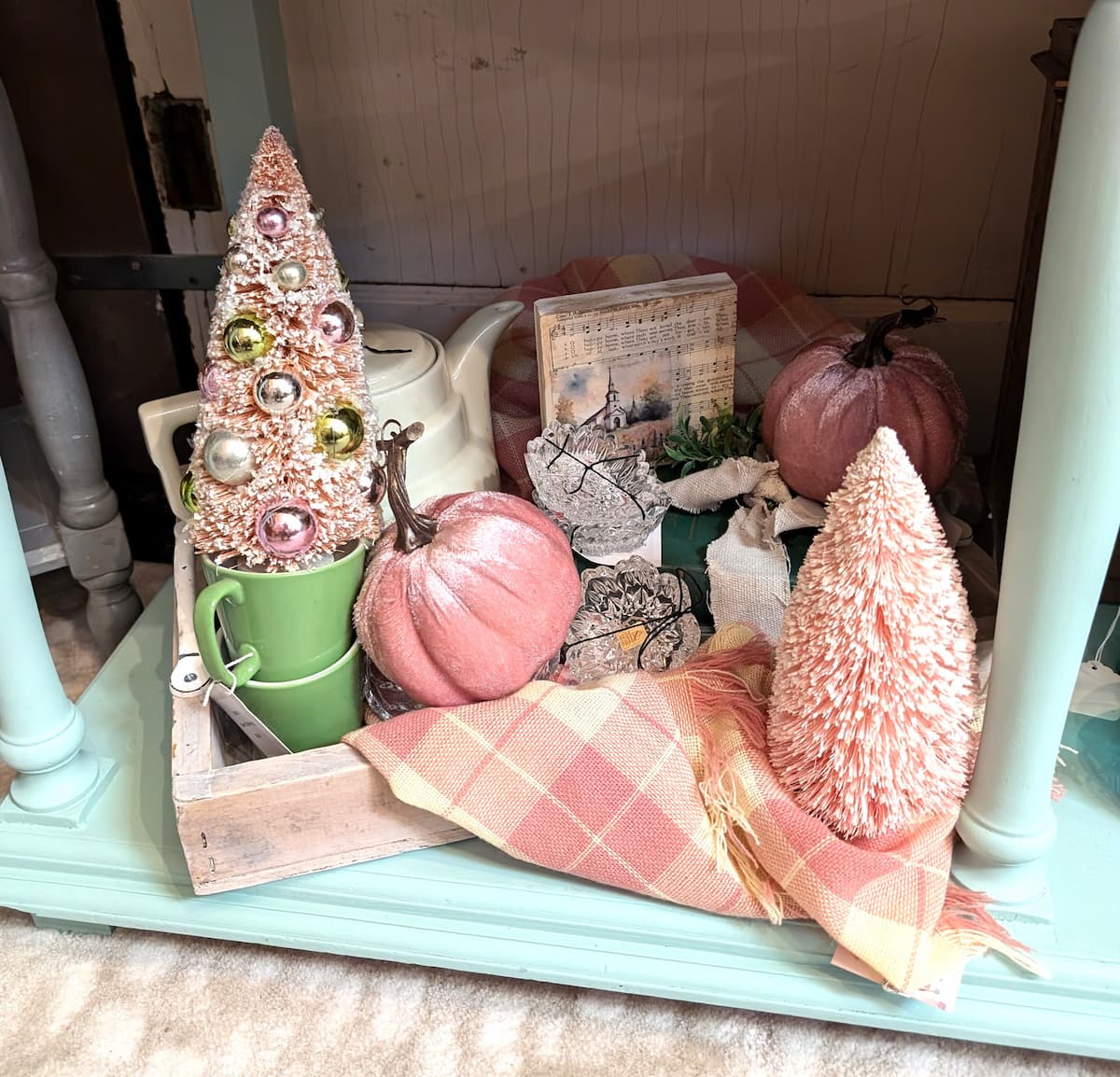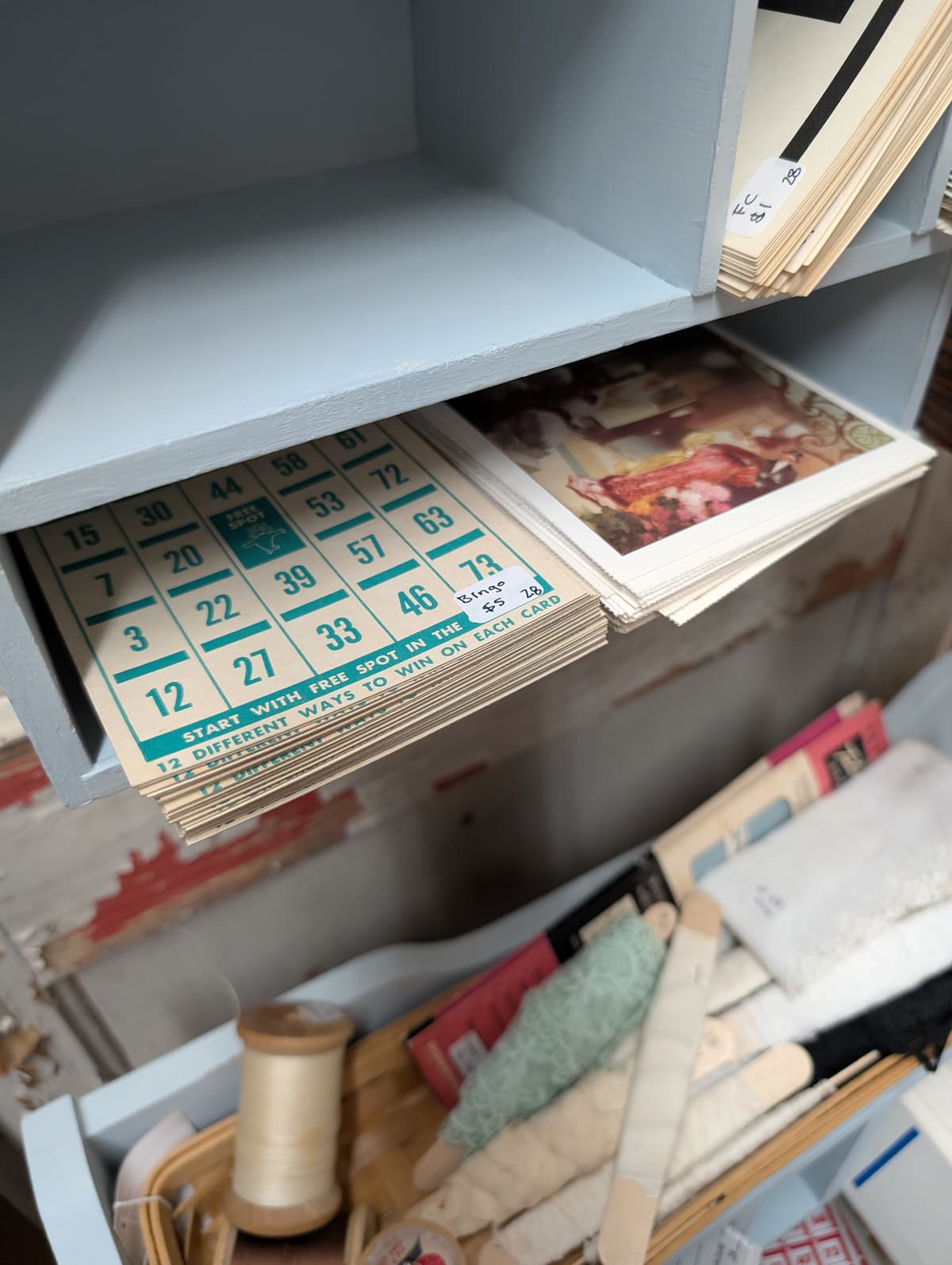Tips To Start Your Own Successful Vintage Booth
When I joined the world of booth owners I really couldn’t find a lot of information on a step-by-step guide to starting my first booth in an antique store. It might be that I didn’t know what to search for but I really felt like the world (friends and family too!) was saying good luck and that was it. Since starting my own antique booth I have learned a few things (although not one of those expert antique dealers, yet) and want to share tips to start your own successful vintage booth.
My First Booth
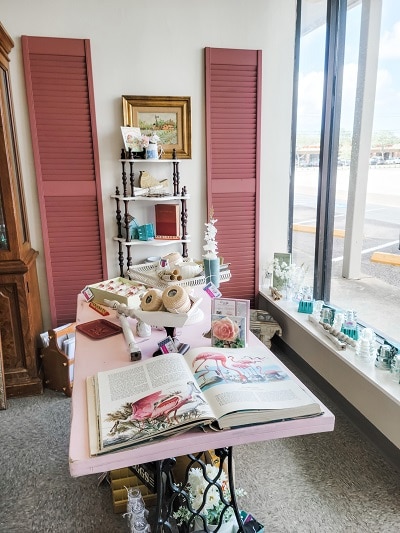
Do I Need To Make A Business Plan For My Own Booth?
The short answer is yes! The long answer is a quote …
“If you fail to plan, you are planning to fail” – Benjamin Franklin
Careful planning will help you have a successful antique booth from the beginning. Things to include in your business plan can be –
- Legalities like a business license and a sales tax permit. Rules vary from state to state so do your research to see if you need one or both.
- Your business name and social channels. What is your business name and is that available on Facebook, Instagram, etc. For example mine was not so I had to do a variation of the name on social media. It is not ideal but my name was non-negotiable.
- BUDGET! There are lots of start-up costs – small things like business cards and larger items like inventory. Things like price tags, whether you will have a storage unit or keep things in your own home, and booth signage are just a few things to consider. Plus have an idea of how much money you can spend on monthly rent so when you look at a booth space you will know the max amount you could spend on rent if your item sales do not pay for the rent.
- The fun part is dreaming of your new booth. You are not only a small business owner but this is your creative outlet. I will go through my creative process further down in the blog post but this is the time to let your creative juices flow!
My Third Booth
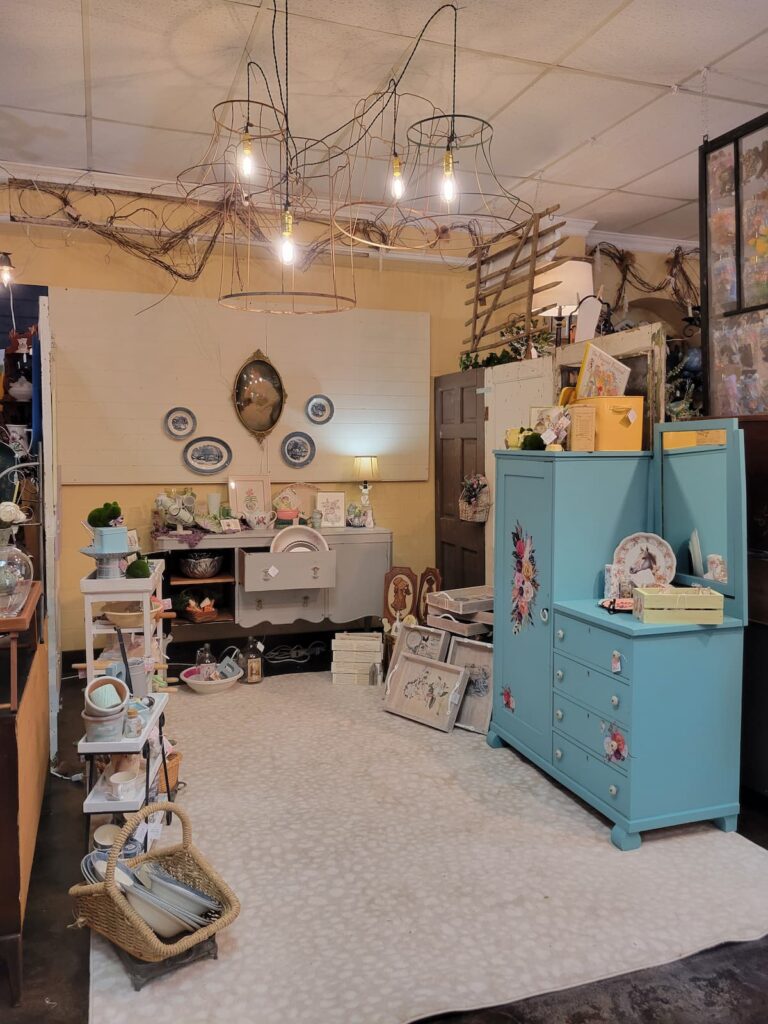
Perfect Location Of Your Own Successful Booth
The right location can make or break your booth business. I have been in four very different locations and I will say if I had done my homework first that I would have not started a booth in two of those locations.
A great way, when searching for your spot, is to put in a little effort and a little spy work if you will. Visit antique shops, local stores, even flea markets in your area. Ask the antique mall owner if they are accepting vendors and if they have available spots right now or is there a waiting list? When you have narrowed down places that have spots available this is when your spying kicks in! Questions to find out, things to observe and take note of are
- How long has the location been in the antique business?
- Walk around to get a feel of the customer base – what type of customers do you see? This will determine if the things you sell will be within their personal style and therefore sell.
- Along those same lines do you have similar items, but not the same, as the other vendors? If you primarily sell country furniture, for example, a store with mid-century modern furniture would not be a good fit.
- Is there a lot of foot traffic? If the shop is in one of the historic buildings located on a main street area in a small town then it becomes a destination. With many small shops (or big ones) in one area a lot of people will visit.
- Check the antique mall business’ social media. Are they consistently sharing what a special place their shop is? Do they have loyal customers who comment and engage with their posts? (Remember social media and advertising your business is your responsibility too!)
- Consider the size of the store. This is a personal preference whether you want to be in a large antique mall or in a small shop with just a few vendor booths.
- Consider the customer service at the store. Are the store owners on site? Do you have to work a shift at the store as part of your agreement?
- Do they accept credit cards as well as cash? Is part of your agreement that you pay a credit card fee for your total sales every month?
After Finding The Perfect Spot For Your Own Vintage Booth
The antique mall owner will have a contract for your booth. This will usually have a rental fee based on the size, or square foot, of your booth. It will also outline commission fees, credit card fees and anything else you will need to pay on top of the rent. In general your rent and any fees are paid from your monthly sales.
Another piece of your contract will be how to price items. This will outline what needs to be included on your tag. This includes the item description, booth number, and the price.
On the contract it should include when you can work in your booth. In one antique mall that I was in, a booth could only be worked on during the week. With a full time job this was nearly impossible to do! Find out where and how to bring in new items like large pieces of furniture (is there a loading dock, cannot come in the front door?).
Another part of the contract is whether the mall owner will provide detailed reports of your daily sales. It will make a big difference in being able able to reset your booth throughout the month. Knowing if a large item sells quickly can help you know when to bring in another piece and keeping your booth fresh and looking good.
Take a tour of the antique mall space you’ll be in before you touch anything. With the antique mall owner make a note of the condition of the space. Do the electrical outlets work, is there damage to the walls or floors? And clarify what you can do to your booth and how you will need to leave it at the end of time there. If one wall (or more) are old doors ask if you can paint these or make any changes to them.
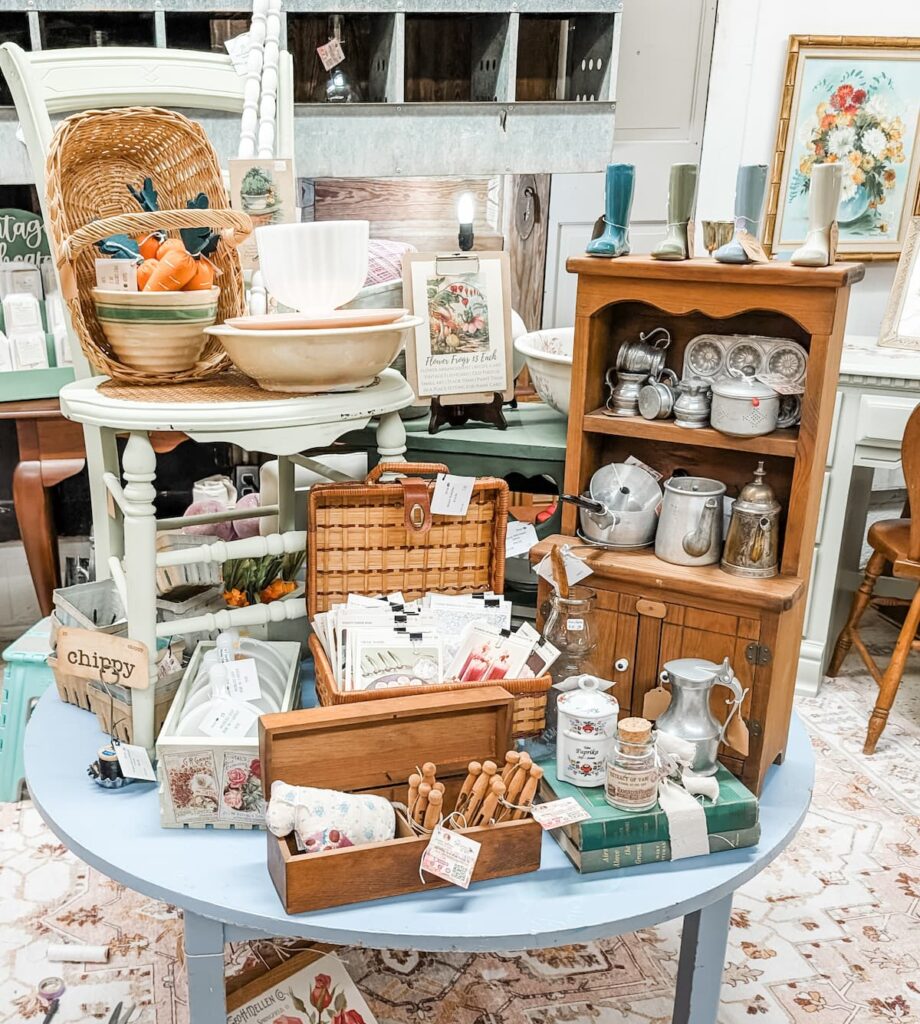
Inventory For Your Successful Vintage Booth
The next step is to find cheap items for your booth. Finding pieces inexpensively will keep your cost of goods low which means profit will be higher. You can do this by visiting garage sales, thrift stores, estate sales and other antique malls. A great way to find large items, like furniture, is through Facebook Marketplace. You will want to get at least three times the amount of money you paid for an item.
And the best part of inventory is that you will need to keep shopping for new items!
My Last Tip For Starting Your Own Successful Vintage Booth
You are about to be your own boss, running your very own vintage booth! New dealers put a lot of work into making it a perfect fit and this can be the most fun part!
My creative process for either setting up a new booth or doing a booth refresh is first to set up a Pinterest board and searching for the vibe or theme I’d like to accomplish.
I will measure out my space and arrange furniture before I ever move anything so I only need to move it once. On graph paper I draw the size and shape of the booth, then cut out pieces of graph paper to match the furniture sizes.
I determine which vintage pieces will be in a vignette, or grouping of items. Make these vignettes a mix of delicate items, medium sized pieces and a large piece. This makes it visually interesting and shows the customer how they could style it in their home.
Before You Fly Away To Start Your Successful Vintage Booth
Pin any of the images to Pinterest so you can use these tips as a first time booth owner – hover over any picture to save the pin to your Pinterest account. So easy!
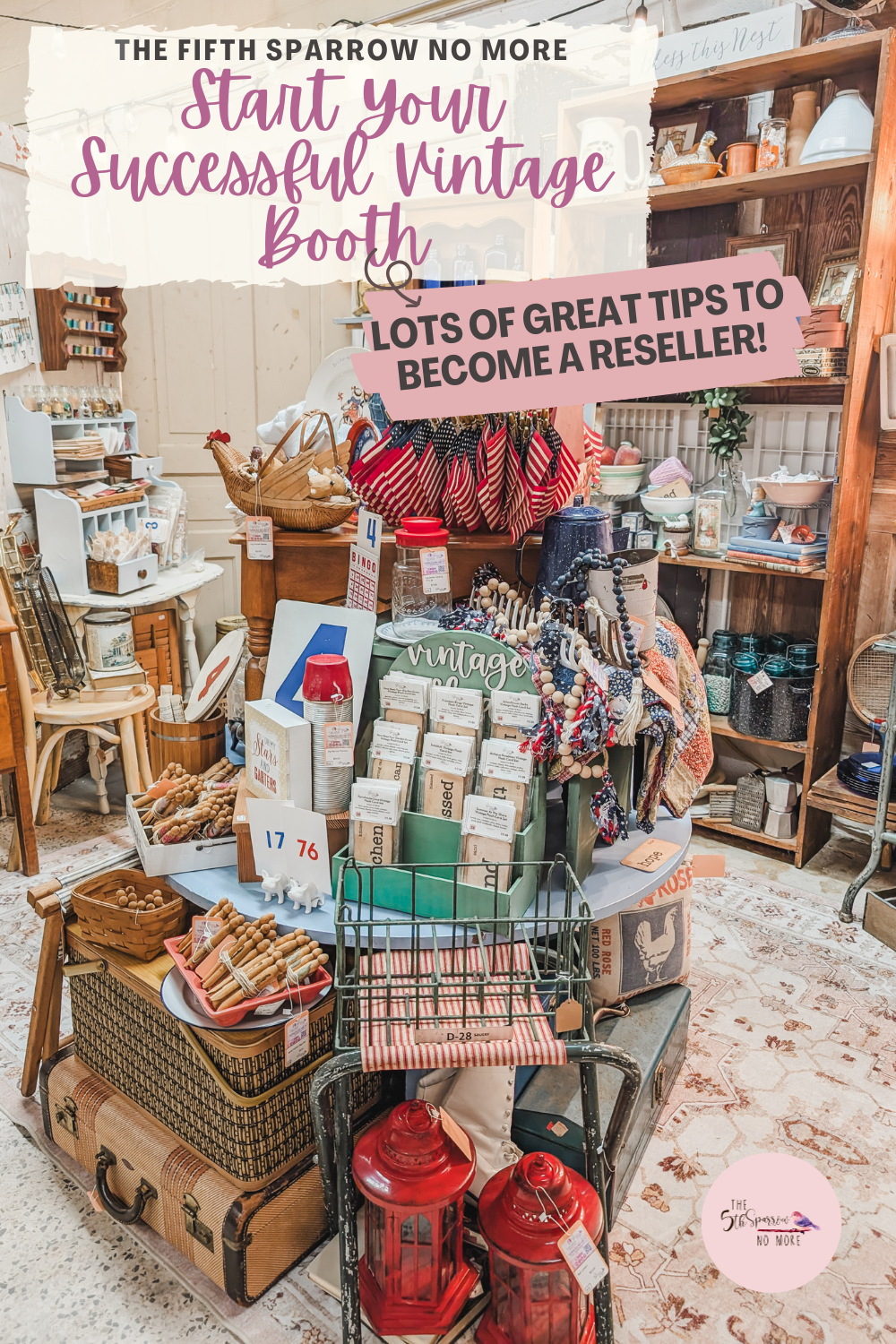
Visit My YouTube Channel!
